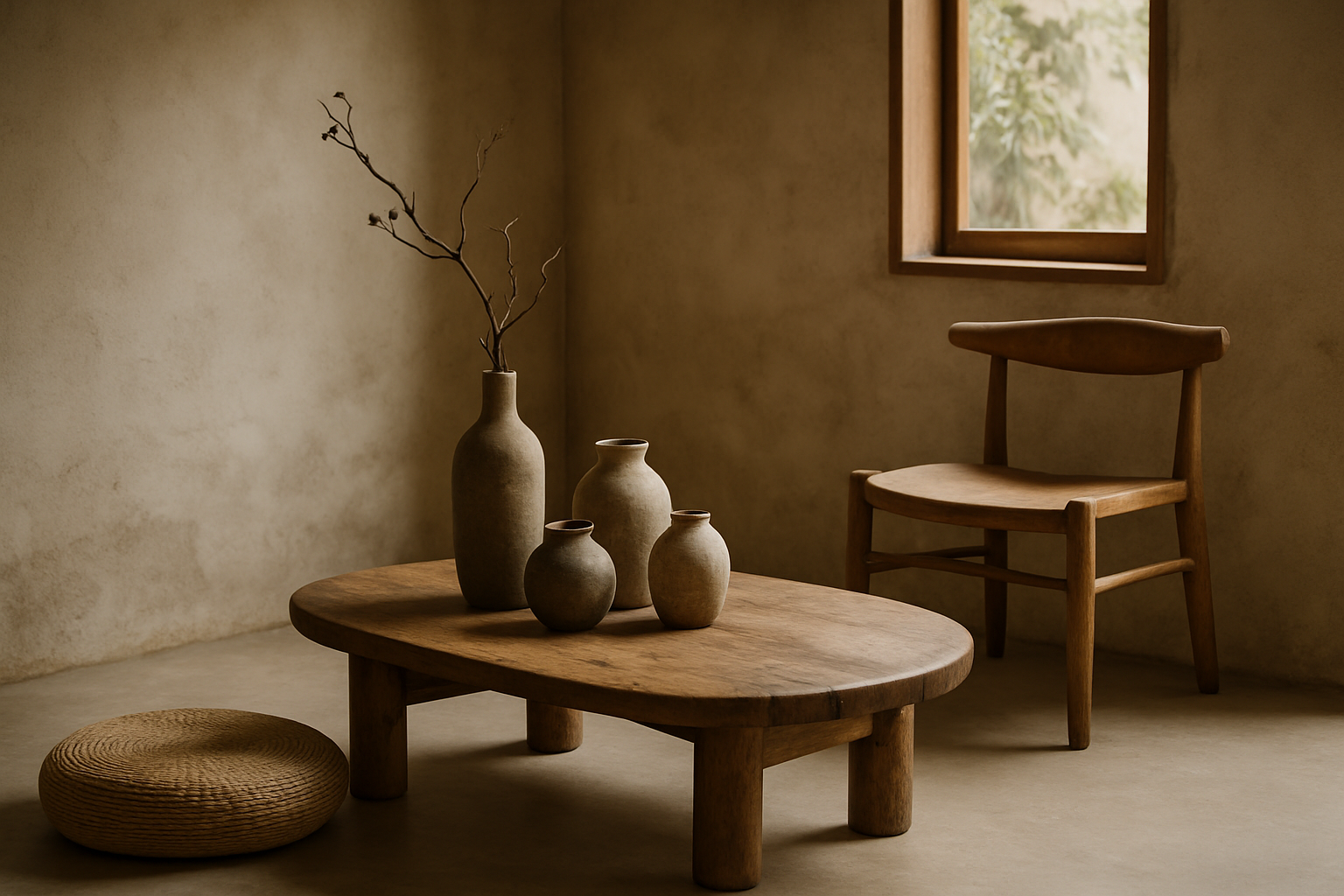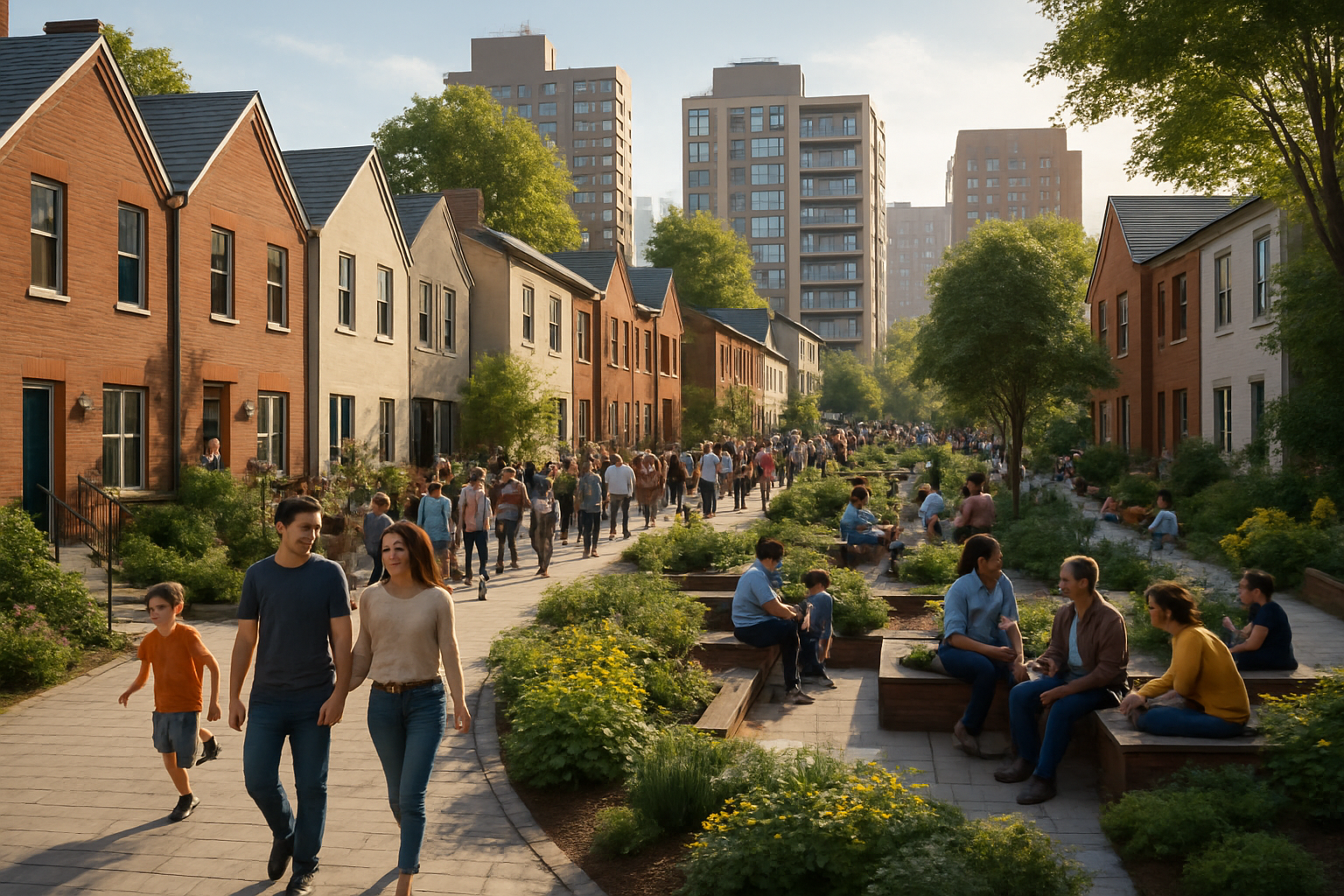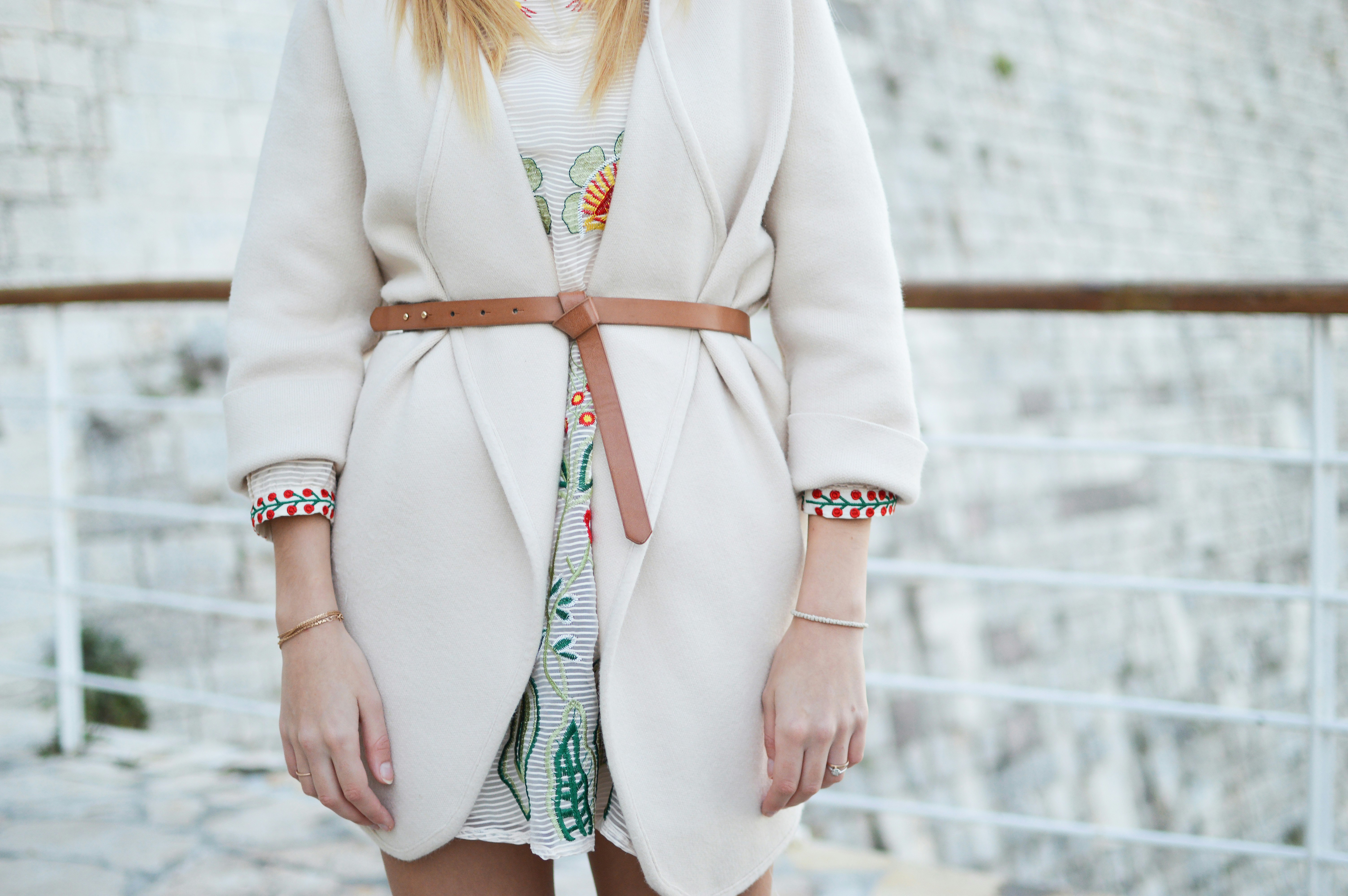The Allure of Wabi-Sabi: Embracing Imperfection in Home Design
The concept of wabi-sabi, deeply rooted in Japanese aesthetics, is making waves in contemporary Western interior design. This ancient philosophy celebrates the beauty of imperfection, transience, and incompleteness, offering a refreshing antidote to our often overly polished, mass-produced living spaces. As more homeowners seek authenticity and mindfulness in their surroundings, wabi-sabi emerges as a powerful design ethos that resonates with modern sensibilities.

Origins and Philosophy of Wabi-Sabi
Wabi-sabi finds its roots in 16th century Japanese tea ceremonies, where simple, rustic tea bowls were prized over ornate, perfect ones. The term combines two concepts: wabi, which refers to the beauty of simplicity and humility, and sabi, which appreciates the passage of time and the marks it leaves behind.
This aesthetic philosophy emerged as a reaction to the prevailing ornate and ostentatious styles of the time. It embraced a more modest, earth-toned palette and celebrated the impermanence of all things. In wabi-sabi, cracks are not flaws to be hidden but rather opportunities to highlight an object’s history and character.
Key Elements of Wabi-Sabi in Home Design
Incorporating wabi-sabi into home design involves more than just selecting distressed furniture or displaying cracked pottery. It’s about cultivating a mindset that appreciates the subtle, the humble, and the imperfect. Here are some key elements:
-
Natural Materials: Emphasize organic materials like wood, stone, clay, and linen. These materials age gracefully, developing patinas that tell stories of use and time.
-
Subdued Color Palette: Favor earthy, muted tones inspired by nature. Think warm grays, soft whites, and deep browns.
-
Handcrafted Items: Incorporate pieces made by artisans, which often bear the marks of their creators and are inherently unique.
-
Asymmetry and Irregularity: Embrace non-uniform shapes and arrangements. Wabi-sabi finds beauty in the unbalanced and unexpected.
-
Simplicity: Declutter and focus on essentials. Each item should serve a purpose or bring joy.
Practical Application in Modern Homes
Adopting wabi-sabi doesn’t mean transforming your home into a Japanese teahouse. It’s about infusing its principles into your existing space. Start by decluttering and selecting items that truly resonate with you. Replace mass-produced decor with handcrafted pieces, even if they’re imperfect.
Consider exposing natural textures in your home, like brick walls or wooden beams. If you have damaged furniture, instead of discarding it, consider kintsugi – the Japanese art of repairing broken pottery with gold, making it even more beautiful than before.
In the kitchen, opt for handmade ceramic plates and bowls over perfectly matched sets. Their slight irregularities will add character to your dining experience. In the living room, a worn leather armchair can become a cherished focal point, its creases and faded patches telling stories of comfort and use.
The Psychological Benefits of Wabi-Sabi Spaces
Beyond aesthetics, wabi-sabi spaces can have profound effects on our well-being. In a world that often demands perfection, a home that embraces imperfection can be a sanctuary of acceptance and mindfulness.
Research suggests that environments reflecting wabi-sabi principles can reduce stress and promote relaxation. The emphasis on natural materials and textures can enhance our connection to nature, a concept known as biophilia, which has been linked to improved mental health and cognitive function.
Moreover, by celebrating imperfection in our surroundings, we may find it easier to embrace our own flaws and the impermanence of life. This can lead to greater self-acceptance and a more grounded perspective on what truly matters.
Wabi-Sabi and Sustainability
In an era of increasing environmental awareness, wabi-sabi aligns beautifully with sustainable living principles. By valuing aged and imperfect items, we reduce the demand for new products and minimize waste. The philosophy encourages us to repair rather than replace, to choose quality over quantity, and to find beauty in what we already have.
This approach extends to gardening as well. A wabi-sabi garden might feature native plants, asymmetrical layouts, and natural materials like stone or reclaimed wood. It celebrates the changing seasons and the cycles of growth and decay, creating a low-maintenance, eco-friendly outdoor space.
Challenges and Considerations
While wabi-sabi offers a refreshing approach to home design, it’s not without challenges. In a culture that often equates newness with value, it can be difficult to convince family members or guests of the beauty in worn or imperfect items. There’s also a risk of misinterpreting wabi-sabi as simply “shabby” or unkempt.
The key is to strike a balance between accepting imperfection and maintaining a clean, intentional space. Wabi-sabi is not an excuse for neglect but rather a mindful appreciation of the passage of time and the beauty of use.
The Future of Wabi-Sabi in Western Design
As we move towards more mindful and sustainable ways of living, wabi-sabi is likely to gain further traction in Western design. Its principles align well with the growing interest in minimalism, eco-friendly living, and the search for authenticity in an increasingly digital world.
Designers and homeowners are finding creative ways to blend wabi-sabi with other styles, creating unique, personalized spaces that reflect both global influences and individual stories. This fusion approach allows for a more accessible adoption of wabi-sabi principles, making it adaptable to various tastes and cultural contexts.
In conclusion, wabi-sabi offers more than just a design trend; it presents a philosophy of living that celebrates the beauty of imperfection and the passage of time. By embracing these principles in our homes, we create spaces that are not only aesthetically pleasing but also nurturing to our well-being and aligned with sustainable practices. In a world that often seems chaotic and demanding, a wabi-sabi home can provide a much-needed haven of acceptance, mindfulness, and serene beauty.





